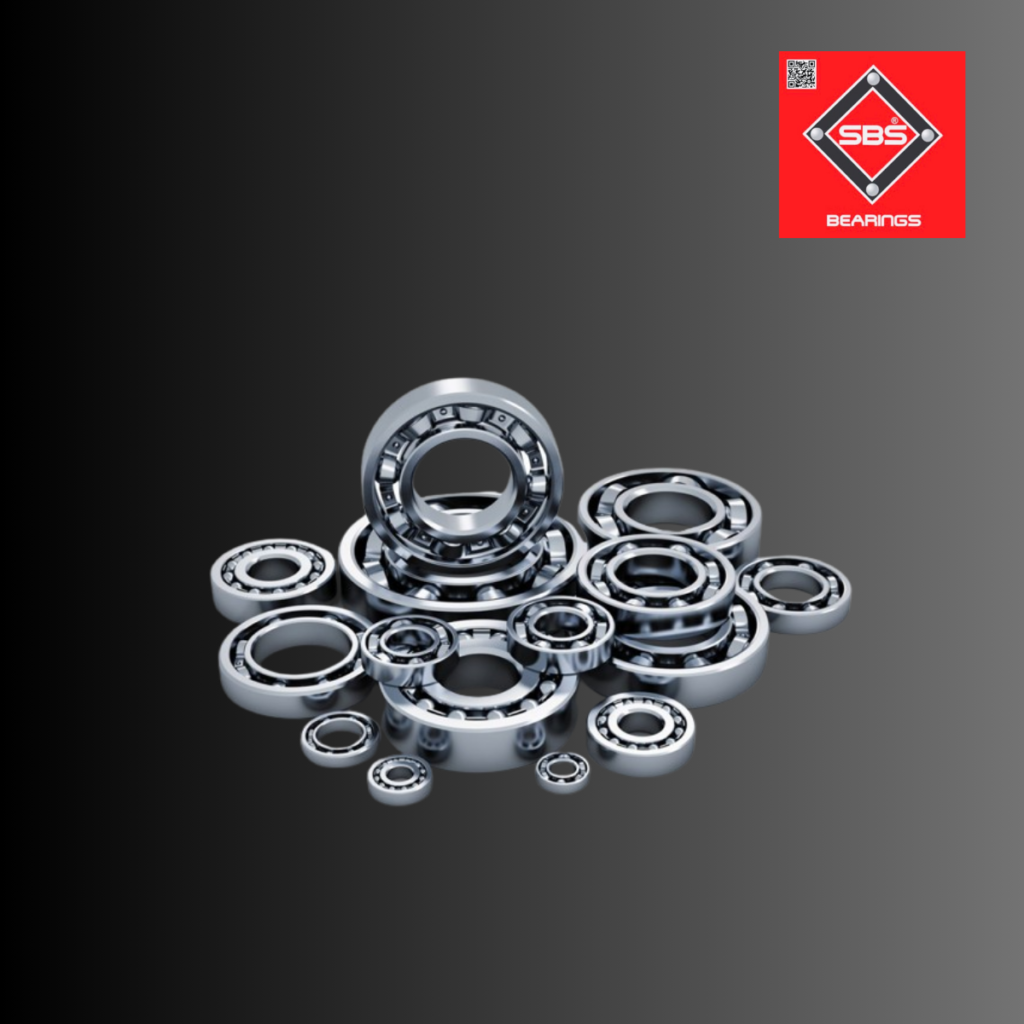Import/Export Dynamics in Pakistan: Bearings Industry.
Introduction:
Import-export dynamics are crucial in shaping market trends, competitiveness and economic growth in Pakistan’s bearings industry. This comprehensive analysis explores the intricacies and dynamics of import-export within Pakistan’s Bearings Industry, looking at key trends, challenges, as well as opportunities for all stakeholders in international trade.
Market Overview for Bearings in Pakistan:
Market size and growth:
Give an overview of the Pakistani bearings market, including its size, trends in market growth, and major market players.
Demand by Sector:
Discuss how import-export activity is driven by the demand for bearings from various sectors, such as automotives, industrial machinery and aerospace.

Import Trends of Pakistan's Bearings Industry:
Source countries:
Analyze and discuss the main source countries of bearings imported by Pakistan, such as China, Japan, Germany and others.
Product Types :
Examine types of bearings that are commonly imported to Pakistan, including ball bearings and roller bearings.
Market Dynamics:
Learn about the factors that influence import trends in Pakistan, such as price competitiveness and product quality.
Export Trends of Pakistan's Bearings Industry:
Destination markets:
Identify primary export markets of Pakistani bearings. These include neighboring countries from South Asia as well as other regions like the Middle East and Africa.
Competitive advantage:
Discuss Pakistan’s comparative advantage in the export of bearings. This includes cost-effectiveness and quality assurance as well as proximity to key markets.
Product diversity:
Showcase the wide range of bearings that are exported from Pakistan. These include standard bearings, custom solutions, and niche product
Trade Policies and Regulations
Import tariffs and duties:
Discuss the impact on the bearings sector in Pakistan of tariff structures, preferential agreements and trade barriers.
Export incentives:
Learn about government incentives, subsidies, and support programs that are aimed at encouraging bearings exports out of Pakistan. These include export financing, tax breaks, and trade facilitation.
Regulatory compliance:
Stress the importance of compliance with international standards, certifications and regulations for bearing exporters to Pakistan in order to gain access to global markets and guarantee product quality.
Challenges to Import-Export Dynamics:
Currency Fluctuations:
Address the challenges presented by currency fluctuations and exchange rates volatility for Pakistani bearings dealers in terms of import costs, competitiveness at export, and margins.
Discuss the trade barriers that prevent Pakistani bearings from expanding their market, such as import quotas and non-tariff barriers.
Transportation and Logistics:
Analyze the logistical challenges associated with transportation, shipping and customs clearance that impact on timely delivery of bearings imported and exported, as well as their cost-effectiveness.
Opportunity for growth and expansion:
Diversification of Markets:
Examine opportunities to diversify markets in import and export markets. This includes emerging sectors, regions that are untapped, and strategic partnership.
Product Innovation:
Promote product differentiation and innovation to increase the competitiveness of Pakistani Bearings on global markets. Focusing on reliability, quality and value-added characteristics.
Digital Trade Platforms:
Highlight the potential for digital trade platforms and electronic commerce channels to facilitate international trade, especially in Pakistani bearings, by facilitating efficient sourcing, distribution, and sales processes.
Conclusion:
Import-export dynamics are a key factor in the shaping of the bearings sector in Pakistan. They present both challenges and growth opportunities. By understanding trade policies, leveraging advantages and adopting digitalization, Pakistani Bearings Businesses can increase their competitiveness on global markets, as well as contribute to the economic development of Pakistan through increased trade volume and market diversification.
0 Comments